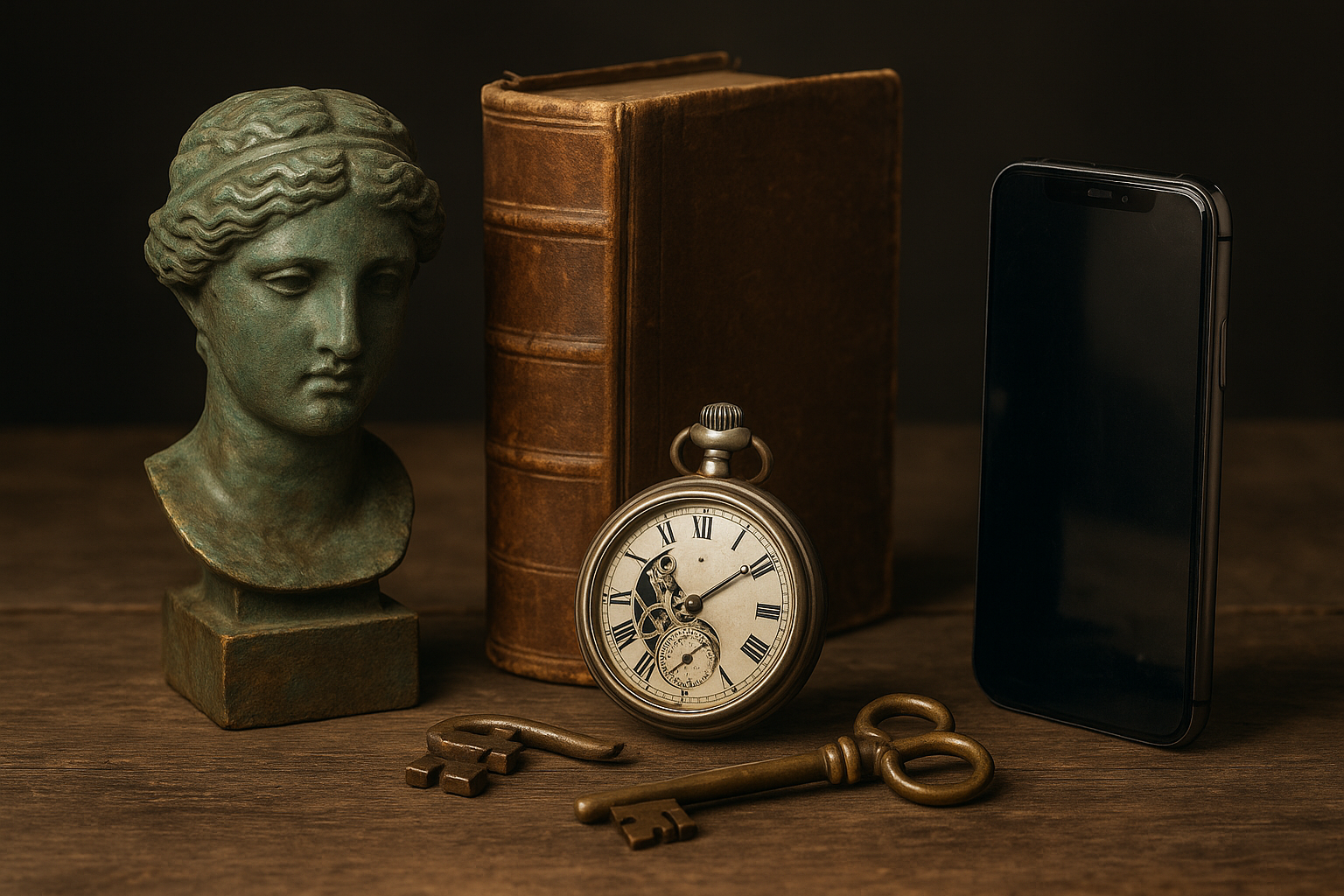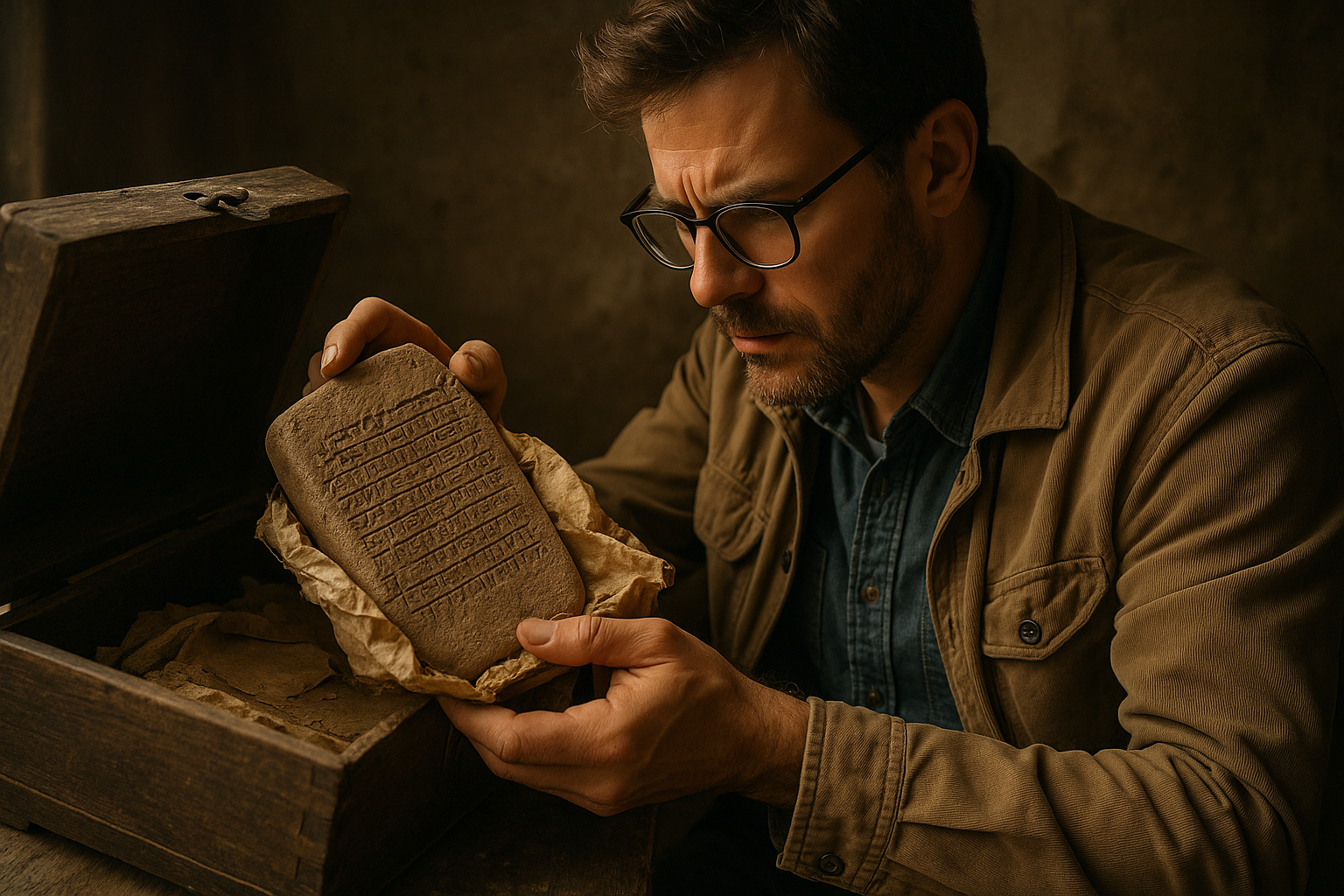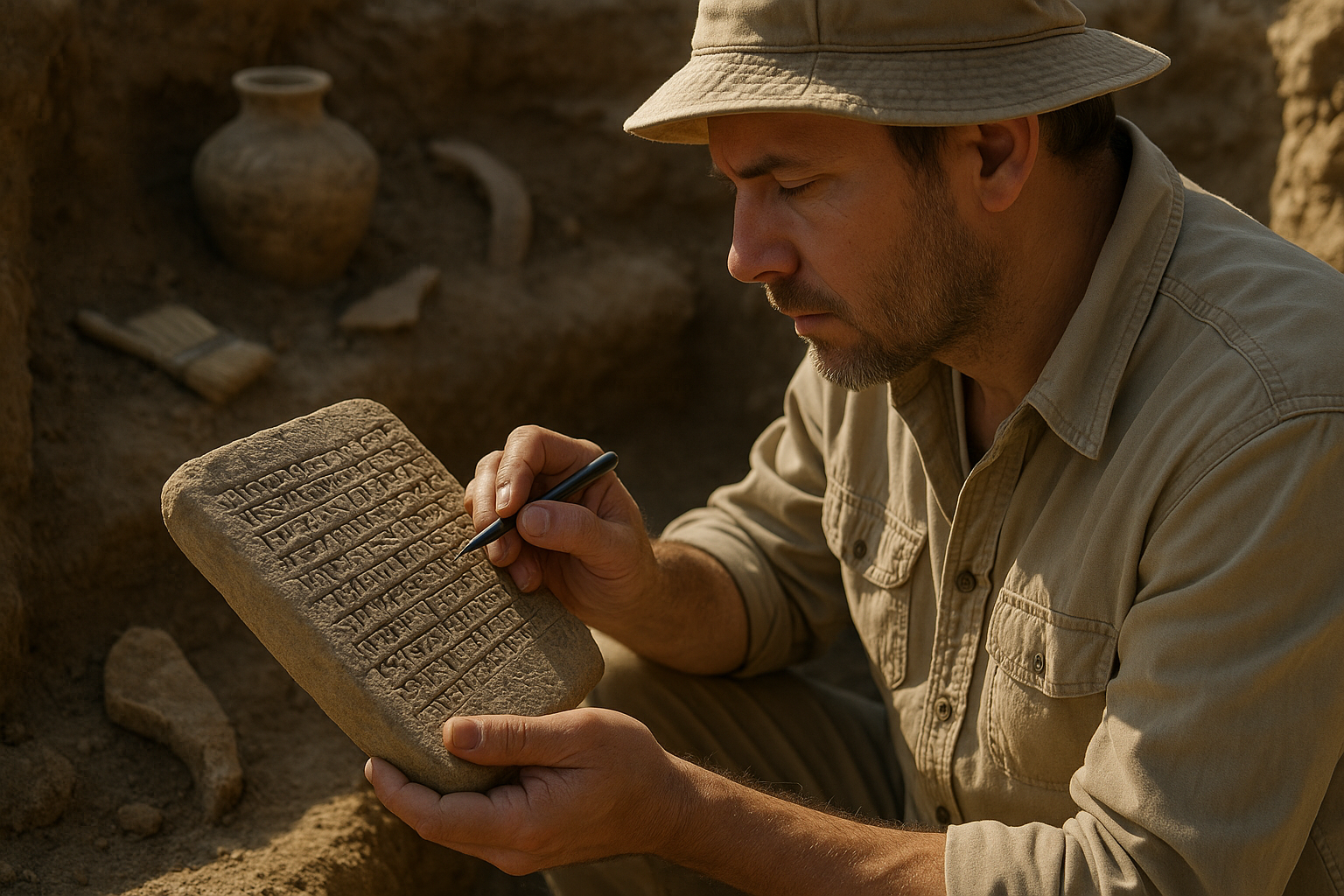Throughout history, monasteries have served as guardians of sacred traditions, preserving ancient practices that bridge the earthly and divine realms through mysterious rituals.
🕊️ The Sacred Intersection of Faith and Mortality
Within the stone walls of medieval monasteries and continuing into modern religious communities, monks and nuns have maintained extraordinary traditions surrounding death, burial, and the veneration of holy relics. These practices represent far more than simple customs—they embody profound theological beliefs about the continuity between physical remains and spiritual essence.
The monastic approach to sacred relic burial intertwines with solemn vows taken by religious practitioners, creating a complex tapestry of devotion that has shaped Christianity for nearly two millennia. From the catacombs of early Christian Rome to the ornate reliquaries of European cathedrals, these traditions reveal humanity’s deepest longings for connection with the divine.
The Origins of Relic Veneration in Monastic Life
The practice of preserving and venerating relics emerged during Christianity’s earliest centuries, when martyrs’ remains became powerful symbols of faith. Early monastic communities recognized that these physical remnants served as tangible connections to sanctity, allowing believers to experience proximity to holiness in material form.
Ancient monks believed that the bodies of saints retained spiritual power even after death. This conviction stemmed from biblical precedents, including the woman who touched Jesus’s garment and the bones of Elisha that brought a dead man back to life. Such scriptural foundations provided theological justification for elaborate relic practices.
Classification of Sacred Relics
Monastic traditions developed sophisticated categorization systems for relics, recognizing different levels of sacredness and connection to holy figures:
- First-class relics: Physical remains of saints, including bones, hair, or blood
- Second-class relics: Items worn or used by saints during their lifetime
- Third-class relics: Objects that have touched first or second-class relics
This hierarchical system governed how monasteries stored, displayed, and ceremonially treated each type of relic. The most precious first-class relics often became centerpieces of monastic churches, housed in elaborate reliquaries crafted from gold, silver, and precious stones.
⛪ Burial Practices and Architectural Sacred Spaces
Monastic communities developed distinctive architectural approaches to accommodate relic burial traditions. Unlike secular cemeteries, monastery grounds featured carefully planned sacred spaces that reflected theological principles about death and resurrection.
Crypts beneath monastery churches served as primary burial locations for monks and revered relics. These underground chambers created literal and symbolic connections between the living community worshipping above and the deceased saints resting below. During liturgical celebrations, this proximity allowed the faithful to feel spiritually united with previous generations.
The Ritual of Translation
One of the most significant monastic ceremonies involved the “translation” of relics—the formal movement of sacred remains from one location to another. This process required elaborate preparation, including fasting, prayer vigils, and special liturgical services that could last for days.
Monks approached translation with profound reverence, understanding that they were handling vessels that had contained holy souls. The ceremony typically involved processions with candles, incense, and sacred chanting, transforming the physical act of moving bones into a deeply spiritual experience.
Monastic Vows and Their Connection to Relic Traditions
The traditional monastic vows of poverty, chastity, and obedience created the spiritual framework necessary for maintaining relic traditions. These commitments prepared monks to serve as worthy guardians of sacred remains, dedicating their entire lives to preservation and veneration.
Beyond the classic three vows, some orders incorporated additional promises specifically related to relic care. Monks might vow to maintain perpetual prayer vigils near important relics or commit to never leaving specific bones unattended. These specialized vows transformed ordinary religious practitioners into professional custodians of sanctity.
The Vow of Stability and Relic Guardianship
Benedictine monasticism introduced the vow of stability, which bound monks to remain in one monastic community for life. This commitment proved essential for relic traditions, ensuring continuity of knowledge about specific relics’ origins, authenticity, and proper veneration practices.
Through stability, monasteries maintained unbroken chains of relic guardianship spanning centuries. Senior monks trained younger brothers in ancient protocols, passing down not just information but lived wisdom about relating to sacred remains. This intergenerational transmission preserved practices that might otherwise have vanished.
🔮 Mysterious Rituals Surrounding Relic Burial
Monastic communities developed intricate ritual systems governing how relics were buried, exhumed, and reburied. These ceremonies combined biblical symbolism, ancient traditions, and mystical elements that gave them an air of profound mystery.
Before burial, monks would sometimes fast for extended periods, believing that spiritual purification prepared them to handle holy remains. The actual interment involved specific prayers at designated hours, aligning physical actions with cosmic rhythms understood through monastic timekeeping.
Incorruptibility and Divine Signs
Monastic tradition held that truly holy bodies might resist natural decomposition, with incorruptibility serving as divine confirmation of sanctity. When monks exhumed remains and found them unexpectedly preserved, communities interpreted this as miraculous evidence requiring special veneration.
These discoveries prompted elaborate investigation processes. Monks documented the condition of remains, noted any unusual fragrances associated with the body, and recorded testimonies of healings or miracles connected to the deceased. Such careful record-keeping reflected monasticism’s scholarly dimension alongside its mystical aspects.
Regional Variations in Monastic Relic Practices
While core principles remained consistent, different regions developed distinctive approaches to relic veneration and burial based on local customs, theological emphases, and available resources.
| Region | Distinctive Practice | Theological Emphasis |
|---|---|---|
| Eastern Orthodox | Icon veneration alongside relics | Physical matter as vessel for divine grace |
| Celtic Monasticism | Portable reliquaries for missionary work | Spreading sanctity through movement |
| Italian Monasteries | Elaborate public displays | Communal access to holy remains |
| German Traditions | Multiple small relics in single locations | Accumulation of spiritual power |
These regional variations demonstrate how universal Christian beliefs about relics adapted to different cultural contexts while maintaining essential theological consistency.
📿 The Role of Pilgrimage in Relic Traditions
Monastic relic burial practices existed within broader pilgrimage networks that crisscrossed medieval Europe and beyond. Monasteries housing important relics became destination points for spiritual journeys, with monks serving as hosts and guides for countless pilgrims.
This intersection between monastic stability and pilgrim mobility created dynamic religious environments. Monks maintained permanent vigils over relics while welcoming temporary visitors seeking healing, blessing, or spiritual transformation through proximity to sacred remains.
Economic and Spiritual Dimensions
The pilgrimage economy significantly impacted monastic communities. Income from pilgrims visiting important relics funded monastery operations, supported scriptoria where monks copied manuscripts, and enabled charitable work feeding the poor. This financial dimension never completely separated from spiritual motivations, creating complex relationships between commerce and devotion.
Monks navigated these tensions through their vows, using pilgrim donations to support communal life rather than personal enrichment. The vow of poverty theoretically prevented exploitation of relics for individual gain, though historical records reveal occasional failures in this ideal.
Challenges to Relic Authentication
Even in medieval periods of strong faith, questions about relic authenticity troubled conscientious monks. The proliferation of supposed relics—including multiple claims to possess the same saint’s body parts—created credibility problems that monastic communities addressed through various verification methods.
Sophisticated monks developed early forensic approaches, examining bone structure, teeth, and fabric remnants to assess claims. They consulted historical documents, compared competing narratives, and sometimes acknowledged uncertainty rather than making false assertions. This intellectual rigor coexisted with genuine devotion, demonstrating that faith and critical thinking were not necessarily opposed.
Protocols for Preventing Fraud
Leading monastic orders established formal protocols for verifying relics. These included witness requirements, documentation standards, and approval processes involving multiple levels of ecclesiastical authority. While not always successful in preventing fraudulent relics, these systems reflected serious attempts to maintain integrity within tradition.
Some monasteries maintained detailed provenance records tracking each relic’s history from acquisition through centuries of guardianship. These documents, when they survived, provide modern historians with invaluable insights into medieval religious practice and monastic administration.
🕯️ Modern Continuations of Ancient Practices
Contrary to assumptions that relic veneration disappeared with modernity, many monastic communities continue these ancient practices today. Contemporary monks maintain burial traditions, care for historic relics, and take vows connecting them to centuries of spiritual heritage.
Modern relic veneration often incorporates updated understandings while respecting traditional forms. Monks might use scientific methods to authenticate and preserve ancient remains while maintaining devotional practices essentially unchanged from medieval times. This blending of old and new demonstrates tradition’s capacity for adaptation without abandonment.
Contemporary Theological Perspectives
Today’s monastic theologians articulate nuanced understandings of relic veneration that address modern skepticism while affirming traditional practice. They emphasize that honoring relics does not mean worshipping material objects but rather expressing respect for persons whose lives exemplified holiness.
This theological refinement helps contemporary audiences understand how intelligent, educated monks can maintain practices that might seem superstitious. The physical relic serves as a focal point for meditation on virtue, sacrifice, and divine grace—not as a magical object but as a memorial and inspiration.
The Psychological and Communal Dimensions
Beyond theological explanations, relic traditions fulfill important psychological and communal functions within monastic life. These practices provide tangible connections to monastic history, creating continuity between past and present community members.
For individual monks, caring for relics offers concrete focus for abstract spiritual commitments. The regular tasks of cleaning reliquaries, maintaining burial spaces, and conducting commemorative services create rhythms that structure monastic time and attention.
Formation of Monastic Identity
Relic traditions significantly contribute to forming distinctive monastic identities. Communities known for housing particular saints’ remains develop unique self-understandings shaped by those specific spiritual legacies. This identity formation connects individual monks to something larger than themselves, providing meaning and purpose.
Novices learning relic traditions absorb not just procedures but also values, worldviews, and ways of being in the world. Through these practices, monasticism transmits complete cultural systems across generations, preserving ancient wisdom in living traditions.
⚡ Sacred Vows as Living Relics
An intriguing theological perspective suggests that monastic vows themselves function as living relics—embodied traditions carrying forward ancient spiritual power. When contemporary monks pronounce solemn vows using formulas centuries old, they create continuity with countless predecessors who spoke identical words.
This understanding transforms vow-taking into a kind of spiritual archaeology, where ancient commitments are excavated from the past and reanimated in present bodies and lives. Just as physical relics connect believers to departed saints, vows connect living monks to the great chain of monastic practitioners stretching back to Christianity’s earliest centuries.

Wisdom Preserved Through Mystery
The enduring power of monastic relic traditions lies partly in their irreducible mystery. Not everything about these practices can be explained rationally or reduced to simple functions. Some dimensions remain genuinely mysterious—pointing toward transcendent realities that exceed ordinary understanding.
Monks who dedicate lives to these traditions often report that the practices themselves become teachers, revealing insights that cannot be learned through instruction alone. The physical acts of caring for relics, maintaining burial spaces, and honoring sacred remains cultivate spiritual sensibilities that transform practitioners over time.
In our contemporary world dominated by transparency, efficiency, and technological solutions, these ancient monastic mysteries offer alternative ways of knowing and being. They remind us that some truths are encountered through devotion rather than analysis, through presence rather than explanation, through reverence rather than mastery.
The traditions of sacred relic burial and monastic vows continue inviting seekers into depths of meaning that resist easy categorization. Whether viewed through lenses of history, theology, anthropology, or spirituality, these practices reveal dimensions of human religiosity that persist across centuries—ancient mysteries that remain mysteriously, powerfully alive.
Toni Santos is a temporal researcher and symbolic archaeologist specializing in the study of forgotten burial systems, sacred archival practices, and the visual languages embedded in ancient temporal lore. Through an interdisciplinary and artifact-focused lens, Toni investigates how humanity has encoded knowledge, memory, and mystery into the temporal world — across cultures, rituals, and vanished civilizations. His work is grounded in a fascination with time capsules not only as vessels, but as carriers of hidden meaning. From extinct burial ritual practices to mythical codices and secret temporal seals, Toni uncovers the visual and symbolic tools through which cultures preserved their relationship with the temporal unknown. With a background in design semiotics and temporal artifact history, Toni blends visual analysis with archival research to reveal how time capsules were used to shape identity, transmit memory, and encode sacred knowledge. As the creative mind behind eltonxy, Toni curates illustrated chronologies, speculative temporal studies, and symbolic interpretations that revive the deep cultural ties between artifacts, ritual markings, and forgotten messages. His work is a tribute to: The lost temporal wisdom of Forgotten Time Capsule Burial Rituals The guarded archives of Sacred Codices and Forgotten Temporal Archives The mythopoetic presence of Temporal Symbols and Ritual Markings The layered visual language of Vanished Artifacts and Temporal Messages Whether you're a temporal historian, symbolic researcher, or curious gatherer of forgotten chronological wisdom, Toni invites you to explore the hidden roots of time capsule knowledge — one seal, one glyph, one message at a time.




